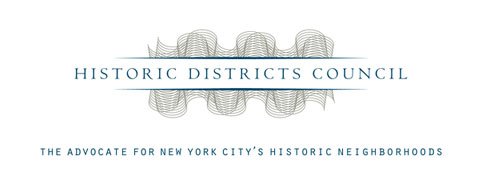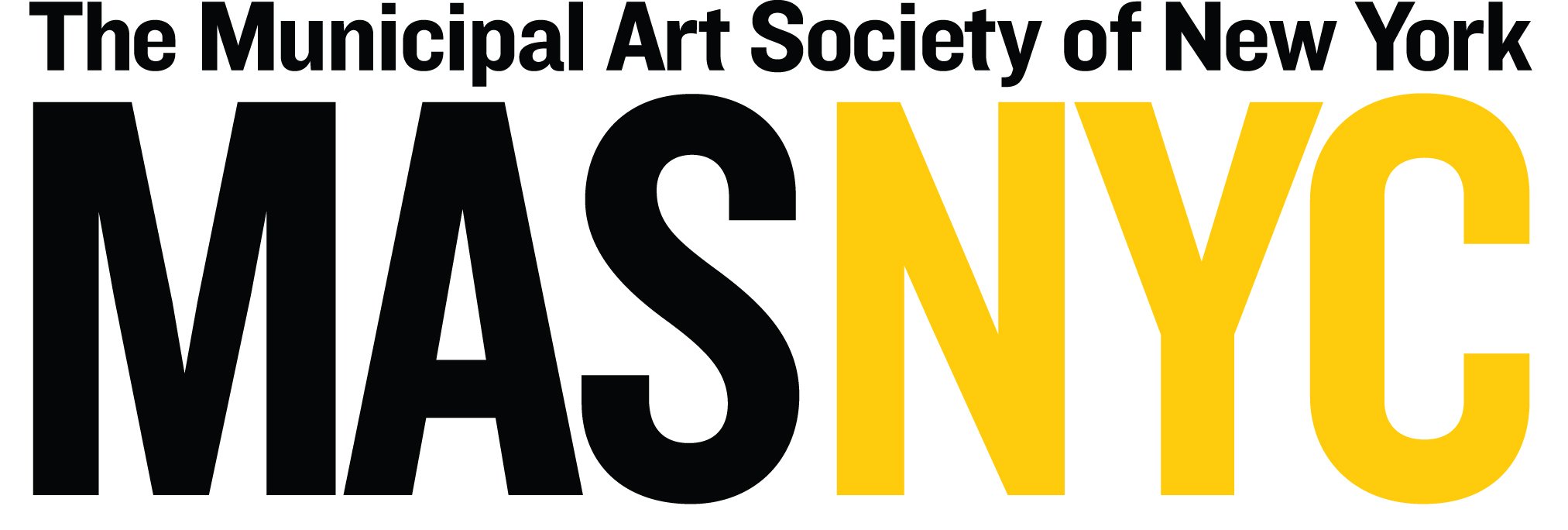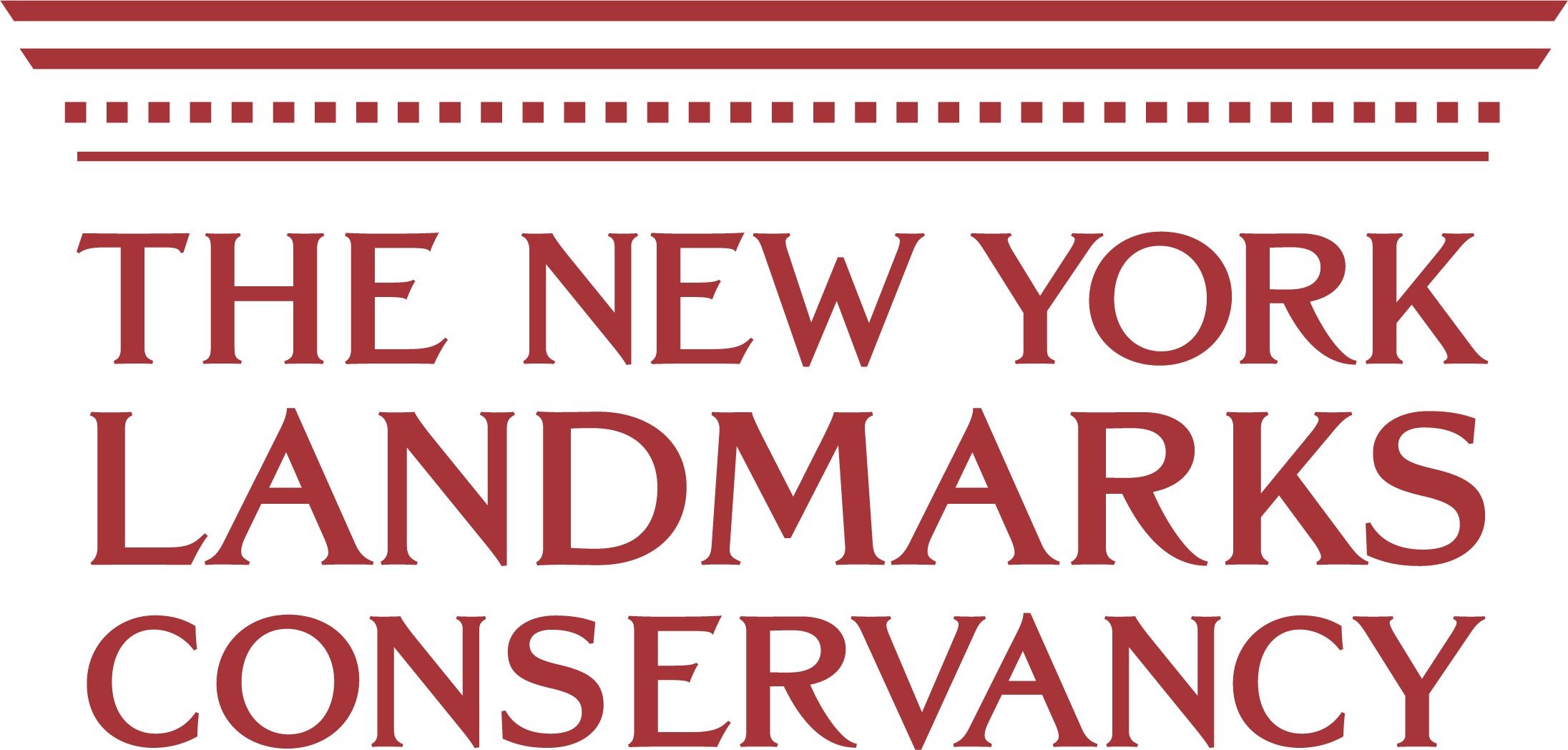The League was pleased to co-sign this letter written by our colleagues at Village Preservation in support of Our Lady of Guadalupe Church. To learn more about their advocacy around this historic site, please visit their website.
September 8, 2023
Hon. Sarah Carroll, Chair Landmarks Preservation Commission
1 Centre Street, 9th floor
New York, NY 10007
Re: Our Lady of Guadalupe Church, 229-231 West 14th Street, Manhattan
Dear Chair Carroll,
We write in reply to the letter Village Preservation received from the Landmarks Preservation Commission (LPC) on August 3, 2023, in response to the Request for Evaluation of Our Lady of Guadalupe Church (229-231 West 14th Street).
The undersigned elected officials, scholars of Hispanic history and culture, and representatives of Manhattan Community Board 4, preservation organizations, and neighborhood groups, are collectively disappointed by the response from the LPC regarding the request to evaluate the merits of the presently-endangered church as a potential individual landmark. In the aforementioned response letter, LPC failed to recognize the significance of the church and the congregation it served for a century.
In 1902, Our Lady of Guadalupe Church was founded at 229-231 West 14th Street, two ca. 1850 singlefamily brownstone-clad houses that were built as stately homes at a time when 14th Street was one of the most prestigious addresses in New York. By the late 1800s, the street had lost much of its prestige in favor of locations further uptown, yet these grand buildings remained, under the ownership of the Delmonico family. They were then combined to serve a need: the creation of a permanent church for a thriving population. The site has been at the center of Spanish and Latin American heritage for decades, and bears enormous significance as New York City’s very first Spanish language church or church for a Spanish-speaking congregation.
While the church and its congregation were small at the time of their origin at the turn of the century, this by no means diminishes their significance. Our Lady of Guadalupe Church was a cornerstone of a growing community, which had started out years prior as a modest group of Spanish Catholics who settled in the area surrounding West 14th Street. The community, at the time primarily comprising immigrants from Galicia, would come to be known as “Little Spain.”
LPC’s response too easily dismisses the magnitude, size, and lasting heritage of the Little Spain and Latin American community historically associated with this church, by merely stating that “a small Spanish (Iberian) community was established in the West Village south of West 14th Street in the late-19th century and was in decline by the 1920s and 1930s as the community moved uptown.” On the contrary, at its height, the enclave known as “Little Spain” extended from approximately Christopher Street to 23rd Street on the west side, with 14th Street between 7th and 8th Avenues as its core, and was home to thousands of immigrants and dozens of Spanish-owned businesses, social clubs, and religious and community centers. At its peak, Little Spain was the largest Spanish-American community in New York City. It also served as a nexus for Puerto Ricans and Latin American immigrants when other such centers did not exist, and even after they did.
Among the remaining vestiges in the neighborhood today are the Spanish Benevolent Society (La Nacional), founded in 1868 and with its Spanish flag still flying, and the physical body of the church, which was remodeled in 1921 with the present Spanish Colonial Baroque facade addition by architect Gustave E. Steinback. This noteworthy phase of immigrant history deserves to be recognized, and Our Lady of Guadalupe Church is one of its few surviving architectural remnants.
In the letter, LPC noted that “...soon after it was established Our Lady of Guadalupe’s space was considered temporary and insufficient, and inconvenient to an increasingly dispersed Spanish-speaking population that tended to worship in churches closer to their homes, attending Our Lady of Guadalupe primarily for baptisms and weddings.” This is simply untrue. The church actually expanded in 1917 to include the second row house on 14th Street, and in 1921 the grand Spanish Colonial Baroque facade was added to both structures as we see today. Though the solely Spanish population began to diminish in the 1930s, by then other Spanish-speaking communities had come to call this neighborhood home.
Our Lady of Guadalupe Church continued to serve Spanish-speaking parishioners until as recently as the early 2000s, when the significant influx of Mexican immigrants to New York City, which had occurred starting in the 1990s, began to overextend the capacity of the small chapel that the combining of the two brownstones had facilitated. In 2002, the parish relocated just a few hundred feet west to St. Bernard’s Church, located on 14th Street between 8th and 9th Avenues. Prior to the move, neighbors and eyewitnesses recall the overflow of crowds that used to participate in services at the original location. Demand was so high that Mass was sometimes broadcast over loudspeakers to reach a broader audience spilling onto the sidewalk.
LPC further indicated that “the [church] building has since been altered with the removal of historic window and door details, facade resurfacing, and changes to window openings, roofs, and parapets.” Indeed it has, but such minor alterations are typically not considered barriers to designation. Many features of the two original upscale brownstone row houses remain, as does the 1921 facade designed by a famed architect, which reflects the development of the building into its longstanding use as a religious institution.
The first religious home that a community creates is often not the grandest. Like so many other congregations that used methods of adaptive reuse in order to create houses of worship, Our Lady of Guadalupe Church was not purpose-built, but rather crafted by altering existing infrastructure, and the present building tells that story. Places of worship are often among the first dedicated, shared spaces established in a neighborhood, and the physical form is borne of necessity. That is exactly what is memorialized here: a church building that evolved in tandem with a developing community, which was then made more “grand” with its Spanish Colonial Baroque facade when resources permitted.
Historically, many synagogues on the Lower East Side followed a similar model, as have more recently mosques and Hindu and Buddhist temples; likewise, churches of less well-established groups in earlier days typically took over existing houses of worship or created ones out of structures already built for different purposes. These were communities that either a) did not have sufficient resources at the time and needed to work with what was available to them, and/or b) were transient insomuch as they were made up of immigrants or refugees whose permanence was not guaranteed. They would therefore create spaces of safe worship within existing infrastructure. As these communities established more of a permanent presence in their neighborhoods, they took the time, energy, and monetary investment to add grandeur and ornamentation to their sacred spaces.
Finally, LPC asserted that “while [Our Lady of Guadalupe Church] has served a Spanish-speaking community through its history, it has also served other communities, as so many churches across the city do, with services in various languages,” and that “as a result, it does not appear to possess a strong enough association with a specific community to merit consideration for its cultural significance alone.” As an inclusive and welcoming place of worship in one of the most diverse cities in the world, Our Lady of Guadalupe Church certainly may have opened its doors to broader populations throughout its lifetime. However, that does not minimize the continuous value that it had for the core Spanish-speaking community it consistently served for 100 years. The parish never wavered from its original purpose, which was to provide a religious home for its Spanish-speaking congregation — for over a decade, the only place that offered such services in the entire city.
While constituting approximately 30% of NYC’s population, sites designated for their connection to Latino/a, Latinx, and Hispanic peoples and their history and culture account for at most a handful of the 1,456 individual landmarks citywide, or well under 1% of designated individual landmarks. And a comparatively negligible number of the nearly 40,000 interior landmark, scenic landmark, and historic district designations throughout the five boroughs cite such connections as their reason for designation. It would appear the LPC does not have the luxury of dismissing Our Lady of Guadalupe Church as lacking in requisite significance to Latino/a, Latinx, and Hispanic history and heritage when there is such a deficit of other sites that have been recognized, and when so many experts in the field strongly disagree. Our Lady of Guadalupe Church tells the specific story of “Little Spain” and its Spanish and Latin American immigration history, a critical piece of our heritage that may soon be lost to time if the Landmarks Preservation Commission does not act.
Thank you for your reconsideration of this request.
Sincerely,








